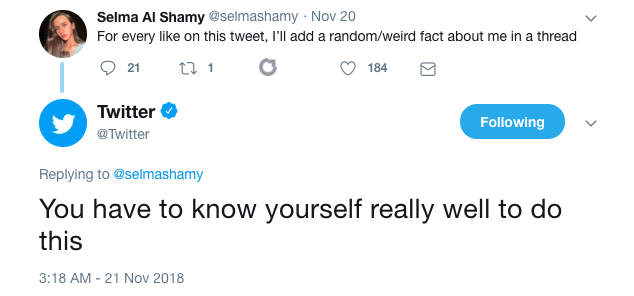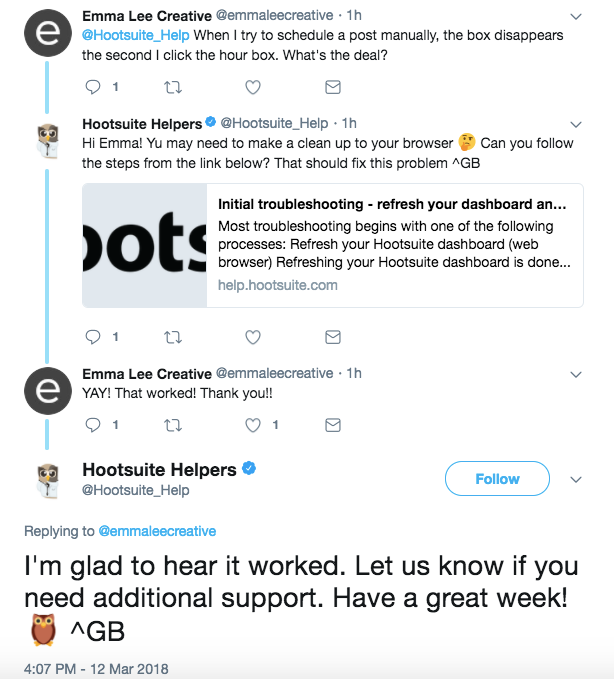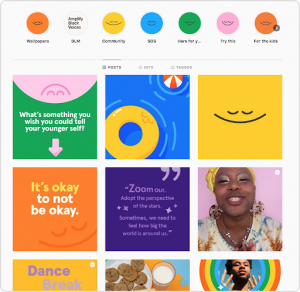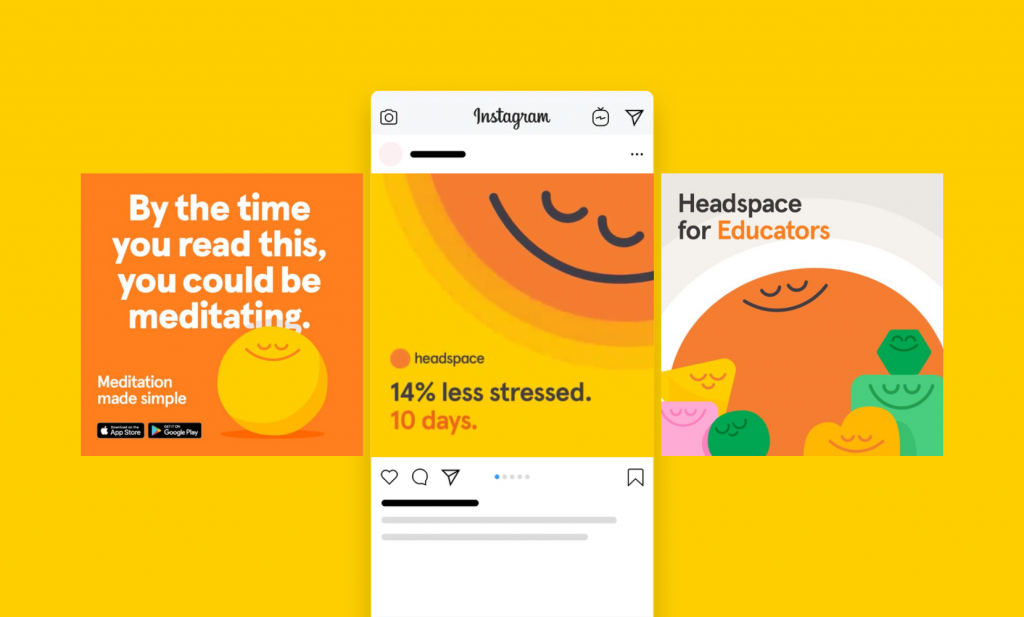Social Media Marketing: Bridging The Gap Between Impact & Intention
by Maiah Cooper Oct 11, 2021

The digitalisation of our society has created a shift within every industry and marketing is no exception. The reliance on traditional forms of marketing has shifted with the introduction of digital and social media marketing. Due to the accessibility of digital platforms, it has become the means through which most businesses seek out first. As every agency takes the initiative to connect to their audiences digitally, the difficulty arises as the steps to achieve impact and success becomes blurred and seems out of reach. From the outside looking in social media marketing may seem like a walk in the park but in reality, a significant amount of strategic planning and data analysis must be done to simply begin the process of making an impact within your industry.
As social platforms begin to play a more critical role in building revenue for individuals and businesses alike there has been an increased focus on how things appear rather than the reality of the goals being achieved. And no, we are not talking about Instagram models here but vanity metrics. Vanity metrics are pretty insights that do not directly indicate a strategies direct value to a company or return on investment (ROI). When the focus is placed on these metrics the disconnect between impact and intention begins. If a brand focuses on vanity metrics such as likes and followers they might achieve impact, however, it will be temporary due to the lack of intention (actionable metrics). Similarly, setting the wrong intentions for the goals set will result in impact not being attained. So, the question remains, how to bridge the gap between impact and intention?
Connecting Impact & Intention
- Set Specific Goals
Diving into the deep end of social media marketing without specific end goals is a meaningless and time-consuming venture. To facilitate impact for your company, marketers must ensure that each initiative aligns with the company’s overall goals. Before getting into the measurable goals, a brand must consider three main factors for determining their overall goals: type of business, audience and social platforms. What type of business are you? Business to Business (B2B), Business to Customer (B2C) or both? Who is your target audience? Which social media platforms are best suited to your business type and audience?
Once this is determined, a marketer must decide which major marketing goals they would like to achieve. This consists of brand awareness, lead generation, engagement, audience growth and web traffic. After identifying your focus, key performance indicators (KPIs) and metrics can now be prioritised to reap the most results from your social media strategy. For example, if your goal is to increase brand awareness on Instagram the focus should be placed on impressions, reach, share of voice and web traffic.
- Research Audience
Knowing who you want your target audience to be is one thing but more details are required to truly reach, engage and connect with them. To truly know your audience you must understand how they interact on different social platforms, similar to how they interact in their lived spaces. Factors that influence your audience behaviour are age, gender, location and interests (personal and peer-driven). This will not only aid in the success of your social media strategy but also your content marketing strategy. By creating content specifically for your audience rather than generic posts that ‘work’, you increase engagements and the percentage of audience retention. Your audience now has content they look forward to whether educational or entertainment.
- Analyse Your Competition
This step may seem counterproductive but it is rather the contrary. By analysing your competitors’ strategy you can identify what works and what does not without the risk and time attached to conducting your tests. Additionally, it is a clear indication of what type of content your target audience enjoys and what avenues have been left untapped.
- Conduct Regular Social Media Audits
A social media audit is a crucial step in discovering how successful your social efforts truly are. Before and after implementing a new strategy every marketer should conduct an audit to determine what worked and what did not, changes in audience behaviour, brand identity is distinguishable, platform performance, calculate ROI and decide which platforms need revamping or shutting down.
- Invest & Listen to Audience
Apart from brand goals, the audience is the most important part of any social media strategy, whether B2B or B2C. As a brand, it is important that you show your audience that they are more than just that, they are members of your community. This involves not limiting company initiatives to financial gain such as customer care, quality service, promotions, actively engaging online and charity.


- Combining Paid & Organic Content
Organic and paid strategies are necessary, howbeit, when it is not employed cohesively consistent and beneficial changes within a company are not highlighted. An effective organic strategy is essential to run successful ads. Organic content is more important now than it ever was as consumers are increasingly expressing how social platforms have become a large marketplace rather than a space for online social interactions. Content that is not attached to a sale of some sort makes consumers less intimidated and more open to connecting with your brand. Some types of organic content include user-generated content, employee advocacy, educational industry tips/facts and interactive posts. Contrastingly, social ads help a brand’s posts fight each platforms’ algorithm to connect to a larger percentage of their target audience. Social ads also aid in increasing reach for promotions, boost popular posts, retargeting past customers and visitors and identifies audience demographics. When a social ad runs without any true intention it becomes an attempt to mimic genuine insights and fails before it even ends. Despite the ease of running ads, ad spend and data should be monitored to ensure a high ROI and spending is not done in vain.


- Quantity ≠ Quality
A packed content schedule does not correlate with intention or result in impact. Quality content solely relies on if it is centred around a brand’s business goals, audience and brand identity. In addition, content should be posted based on the times your audience interacts with various platforms the most and which platform it is being posted on. Even though it is important to remain relevant in the minds of your consumer, content that is not catered to them will only underperform and be at the detriment to the marketer and brand.
- Track Social Media Performance
Monitoring the performance of your social media strategy solidifies trends, reduces ad spend, indicates popular content and highlights holes within the strategy that can be addressed in the future. This should be monitored weekly, especially after a campaign has just been completed. Although insights are now available through social platforms, it is vital that metrics and analytics are analysed through various sources. These sources include Google Analytics, social media dashboards and Customer Relationship Management (CRM) software.
By connecting impact and intention a brand will accomplish each KPI, higher ROI, a positive brand sentiment, increase in profits and a larger online community that continues to grow. Vanity metrics are not obsolete, however, when it is not coupled with actionable metrics it remains a futile popularity contest.
Are you interested in growing your social media and customising it to suit your brand identity? Contact us at Yello Media Group for all your Digital Media Solutions.
Sources: Hootsuite, Sprout, Adobe, Hubspot.








